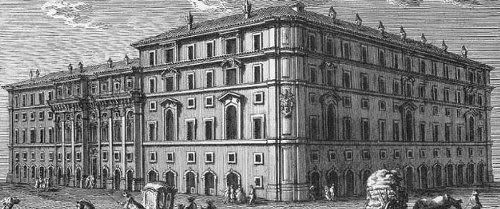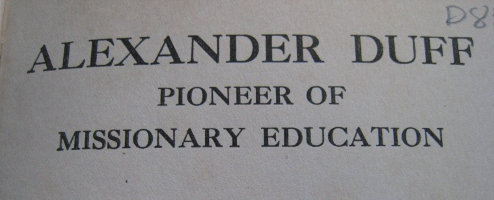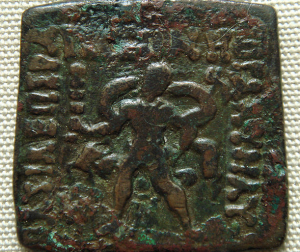In one of the Naneghat caves — located in the Western ghats — there are some life size sculptures of few people whose major features have been destroyed. But from the inscriptions we know these members of the Satavahana dynasty (200 B.C.E – 220 C.E): the king Simuta Satavahana, queen Nayanika/Naganika, prince Bhayala, maharathi Tranakayira, prince Haku-Sri, and prince Satavahana[1].
In the same cave there is another inscription which is in three parts: invocation to Brahmin deities, biographical details of an a queen, list of Vedic sacrifices and the donations given. The queen is mentioned as a daughter, as a wife, and as a mother; she was well acquainted with initiation ceremonies, vows and sacrifices. She also performed or was responsible for twenty sacrifices including the Rajasuya and Asvamedha[2].
Women performing Vedic sacrifices? But didn’t we just learn from UCLA 9A course that according to the Manusmriti women were not allowed to listen to the Vedas? If you go by the UCLA chronology, the Manusmriti was compiled during the Satavahana period. So what is the explanation?
Since the original inscriptions are partially destroyed, it is hard to figure out the exact details, but they have not been damaged so bad that we cannot reconstruct what might have happened. According to one interpretation, the queen must have performed those sacrifices in the company of her husband. This agrees with what we see in the Athirathram ceremony even now. But then according to another epigrapher, she performed all the sacrifices as a wife, except the last three which she performed through a priest. In fact she herself gave the sacrificial free of cows. The explanation then was, even though women could not perform Vedic sacrifices, it was not applicable to women who ruled as regents or ruled without their husband[2].
Now there is no mention of the name of the queen who performed these sacrifices. So how can we assume that it was Naganika and not some one from a local family? One clue is that these sacrifices were expensive affairs. There may not have been many families who could afford it. Among the sculptures on the wall, Naganika is the only woman; she is also the only Satavahana queen to be featured on coins. This indicates that she was unlike any other queen of that dynasty and the majority opinion is that the queen who performed the Vedic sacrifice is Naganika[2].
Now independent of the identity of the person who did the sacrifice, it is obvious that a woman performed the sacrifice and inscribed it for posterity. Was this an isolated incident? Maybe. But it is important that to know that the inscription was carefully written with details of the sacrifice and the donations paid. The queen also made sure that it was written not in Sanskrit, but in Prakrit, so that common people would know about it[2].
So what about the rules in Manusmriti? Here is a better explanation.
References:
- Upinder Singh, A History of Ancient and Early Medieval India: From the Stone Age to the 12th Century, 1st ed. (Prentice Hall, 2009).
- Kirit K. Shah, The Problem of Identity: Women in Early Indian Inscriptions(Oxford University Press, USA, 2002).
- Thanks to Michel Danino for this comment.





 When Duff first proposed this method, veteran missionaries did not find it appealing. Still he went ahead without any government support. Bengalis did not mind an English school, but had reservations about an English school where Bible was an important subject. This reservation made it difficult for Duff to get started; he could not even find a building to start his classes.
When Duff first proposed this method, veteran missionaries did not find it appealing. Still he went ahead without any government support. Bengalis did not mind an English school, but had reservations about an English school where Bible was an important subject. This reservation made it difficult for Duff to get started; he could not even find a building to start his classes. Soleyman, an Arab merchant who visited Ceylon in the ninth century, mentioned the Adam tradition, which suggests that it was prevalent within two centuries of Islam’s founding. Sindbad the Sailor’s tales, believed to be partly based on real sailors tales, also mentions a pilgrimage to the place “where Adam was confined after his banishment from Paradiese.” It is believed that this tradition originated among the Copts (Egyptian Christians) of the fourth and fifth centuries[4]. There is also a story which mentions that
Soleyman, an Arab merchant who visited Ceylon in the ninth century, mentioned the Adam tradition, which suggests that it was prevalent within two centuries of Islam’s founding. Sindbad the Sailor’s tales, believed to be partly based on real sailors tales, also mentions a pilgrimage to the place “where Adam was confined after his banishment from Paradiese.” It is believed that this tradition originated among the Copts (Egyptian Christians) of the fourth and fifth centuries[4]. There is also a story which mentions that 